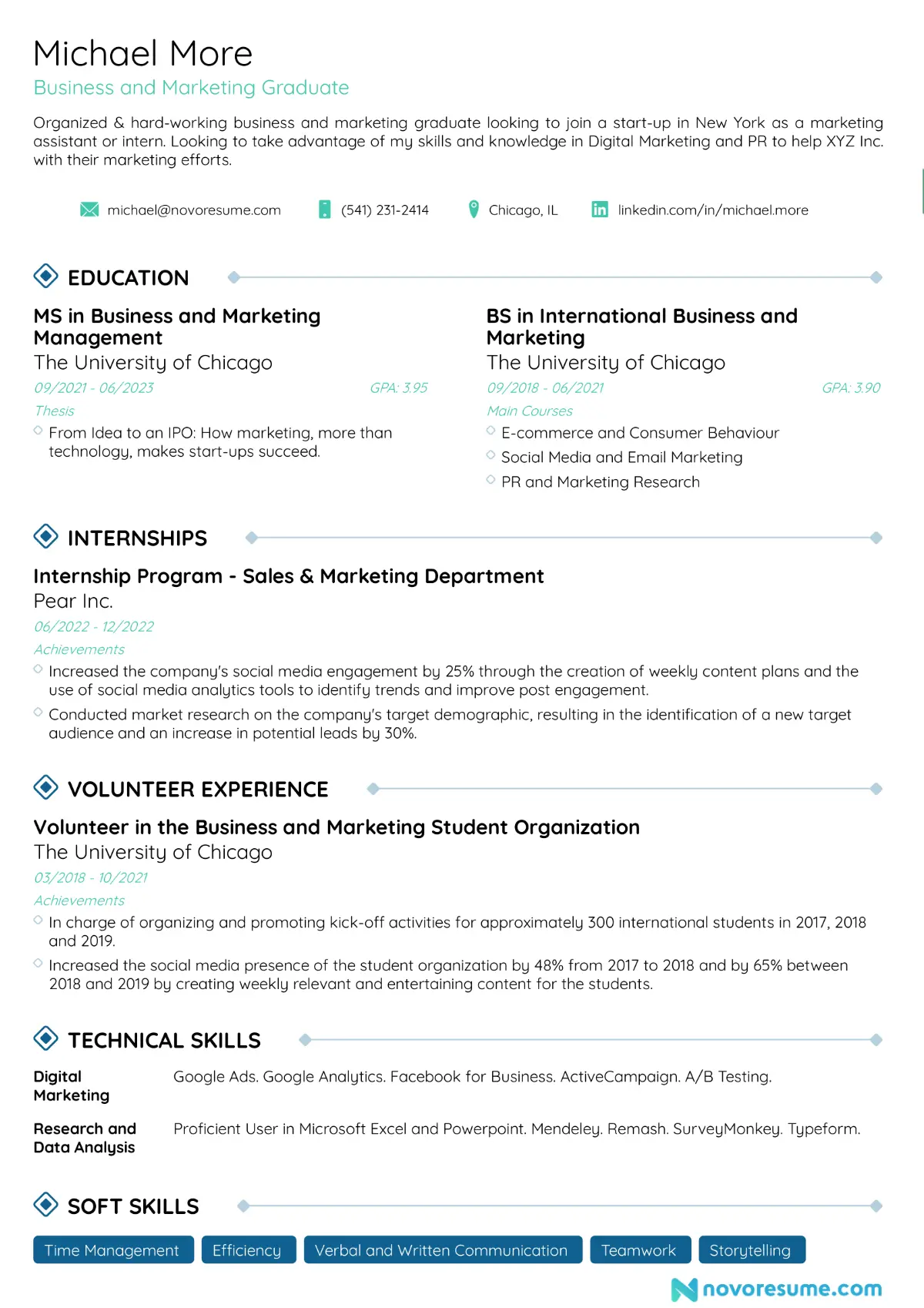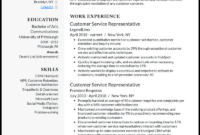So, you’re ready to dive into the job market, but there’s just one tiny snag: you don’t have any formal work experience. It’s a classic chicken-and-egg situation, isn’t it? You need a job to get experience, but you need experience to get a job. This can feel incredibly daunting, especially when you’re staring at a blank document trying to figure out how to showcase your potential to an employer.
The good news is that thousands of people successfully land their first jobs every single day without a lengthy work history. The key lies in presenting what you do have – your skills, education, extracurricular activities, and passion – in the most compelling way possible. That’s where a well-crafted CV template for no experience comes in. It’s not about fabricating experience, but about reframing your existing achievements and abilities to prove you’re ready to contribute.
Building Your First CV: What to Include When Experience is Limited
When you’re starting with a blank slate, it can feel like you have nothing to put on your CV. But that’s rarely the case. Think beyond traditional paid employment. Employers are looking for potential, a good attitude, and transferable skills. Your CV is your marketing document, and even without work history, you have plenty to market. The trick is knowing which sections to include and how to populate them effectively to demonstrate your readiness and enthusiasm.
Instead of a standard “Work Experience” section, you’ll want to pivot and highlight other areas that showcase your capabilities. Focus on your academic achievements, any volunteer work you’ve done, personal projects, or even significant roles in clubs and societies. These experiences, though not “jobs” in the conventional sense, often involve teamwork, problem-solving, communication, and leadership – all highly valued skills in any workplace. Think about how these activities have shaped you and what you learned from them.
Your CV for no experience should still be structured clearly and concisely. Aim for one page if possible, especially at the start of your career. Clarity and readability are paramount, so ensure your chosen template is clean and professional. Avoid overly elaborate designs that might distract from your content. A simple, modern layout often works best to present your qualifications without overwhelming the reader.

Remember, the goal is to make it easy for a recruiter to quickly grasp your potential. Each section should serve a purpose, guiding the reader through your journey and illustrating why you’re a promising candidate. Don’t be afraid to be specific about your contributions, even in non-traditional settings. Quantify your achievements whenever you can, even if it’s “Helped organize a charity event that raised $500” or “Managed a team of 3 for a university project.”
Key Sections for Your No Experience CV
- Contact Information: Your name, phone number, email, and LinkedIn profile (if professional and up-to-date). Keep it professional.
- Personal Statement or Objective: A brief, impactful paragraph at the top that summarizes your career aspirations, key skills, and what you bring to the role. Tailor this for each application.
- Education: Your most recent and relevant academic achievements. Include your degree/course, institution, graduation date (or expected date), and any significant awards or distinctions. You can list relevant coursework here too.
- Skills: A dedicated section for your hard skills (e.g., software proficiency, languages) and soft skills (e.g., communication, teamwork, problem-solving). Be honest and specific.
- Volunteer Experience: Any unpaid work where you contributed your time and skills. Describe your responsibilities and achievements as you would for a paid job.
- Projects: Academic projects, personal coding projects, creative endeavors, or anything that demonstrates your abilities and initiative. Explain your role and the outcome.
- Extracurricular Activities: Participation in clubs, sports, societies, or leadership roles. Highlight responsibilities, achievements, and transferable skills gained.
Maximizing Your Chosen CV Template for No Experience
Once you have a good understanding of what sections to include, the next step is to choose a suitable CV template for no experience and then fill it out strategically. There are many templates available online, from simple Word documents to more graphically intensive designs. For those without much experience, a functional or skills-based template can often be more beneficial than a traditional chronological one, as it emphasizes your abilities rather than a sequence of past jobs.
When selecting your template, prioritize readability and professionalism. A clean layout with clear headings and ample white space makes your CV easier to digest. Avoid overly bright colors or fancy fonts that might detract from your content. Remember, the goal is to make it easy for a recruiter to quickly identify why you’re a good fit, even if it’s your very first professional application.
Now, let’s talk about populating that template. Every bullet point should be impactful. Instead of just listing duties, focus on achievements and results. Even if your experience comes from a school project or volunteer work, use strong action verbs like “managed,” “developed,” “coordinated,” or “collaborated.” Quantify whenever possible. For example, instead of “Helped with events,” try “Coordinated logistics for three charity events, resulting in a 20% increase in attendance.” This shows initiative and measurable impact.
Don’t forget the importance of tailoring your CV for each job application. Generic CVs rarely make an impact. Take the time to read the job description carefully and identify the key skills and requirements. Then, go back to your chosen cv template for no experience and tweak your personal statement, skills section, and descriptions of your experiences to align with what the employer is looking for. This shows genuine interest and makes you stand out from the crowd.
Finally, proofread, proofread, and then proofread again. A single typo or grammatical error can undermine an otherwise strong application. Ask a friend, family member, or career advisor to review your CV before you send it off. A fresh pair of eyes can catch mistakes you might have missed. Sending a polished, error-free CV demonstrates attention to detail, a crucial quality for any role.
Crafting your first CV can seem like a monumental task, but with the right approach and a focus on your transferable skills and achievements, you can create a compelling document that opens doors. Your journey to your dream job starts with a well-prepared CV that truly reflects your potential and eagerness to learn. Believe in what you can offer, even without a long list of previous employers.
By thoughtfully presenting your education, skills, and unique experiences, you’re not just applying for a job; you’re building the foundation for a successful career. Every step you take in preparing your application brings you closer to that first exciting opportunity. Go confidently, and good luck!
